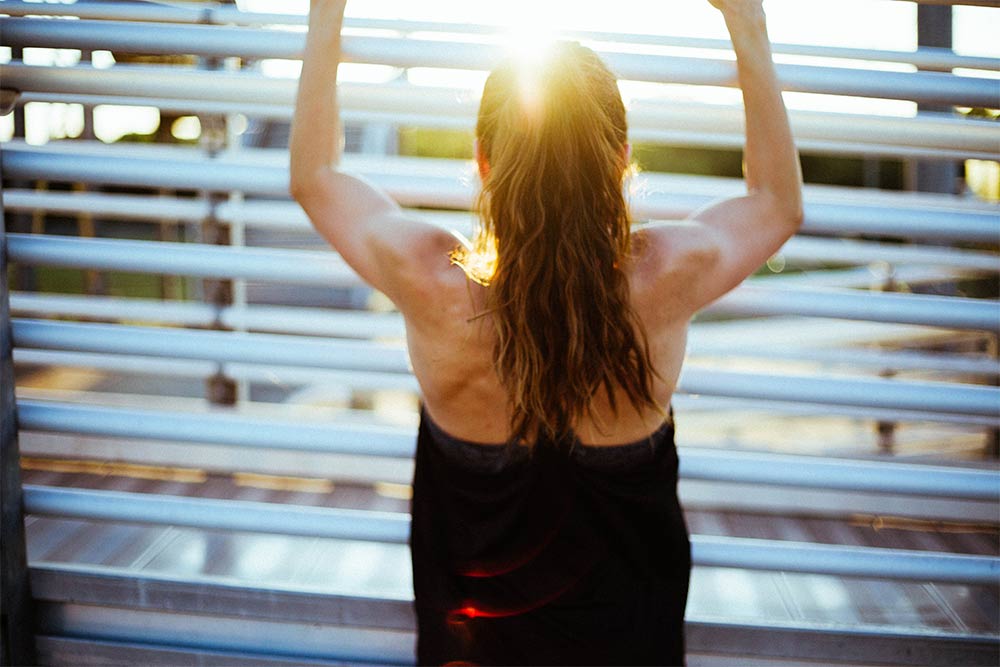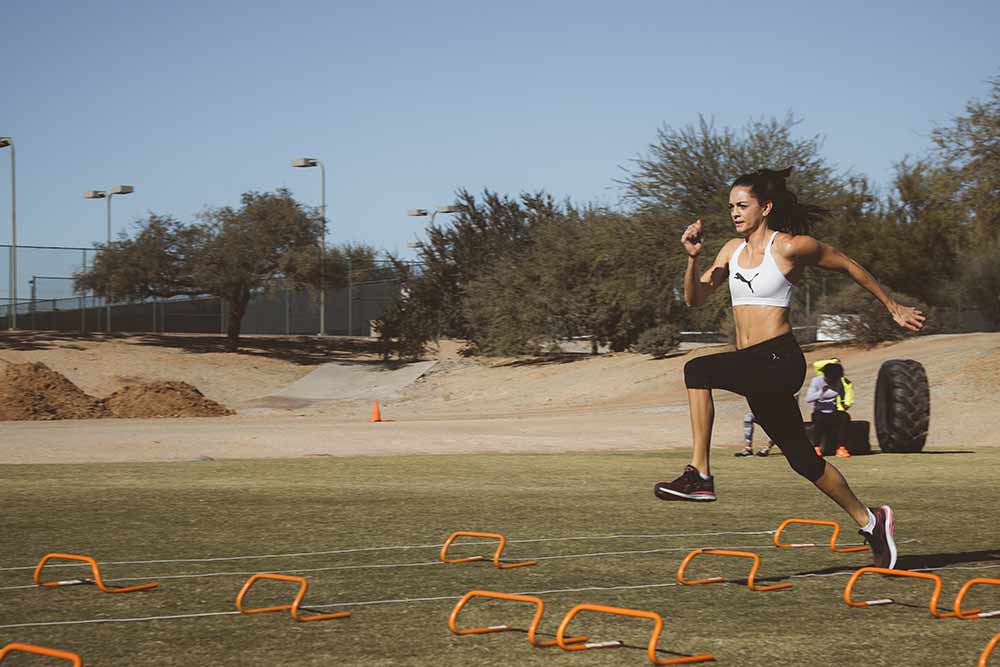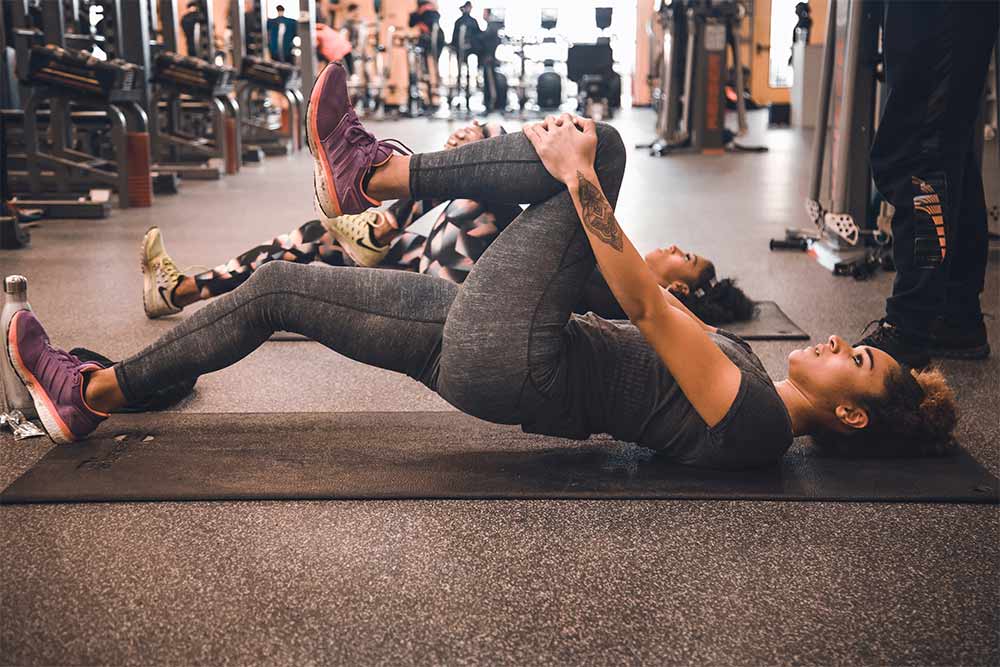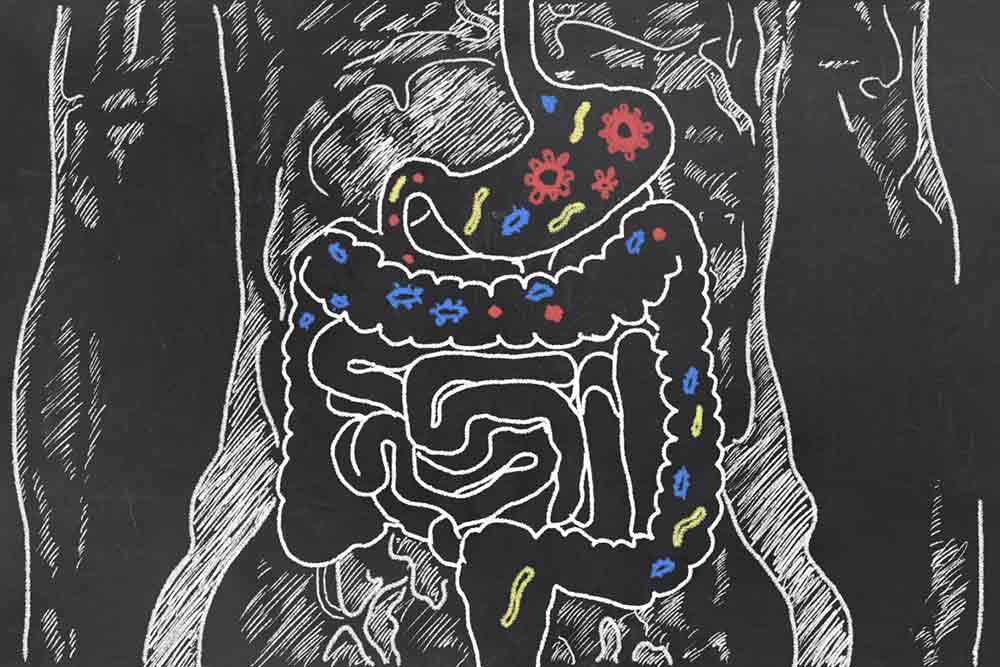Cross-Exercise: Which Training Program is Better?
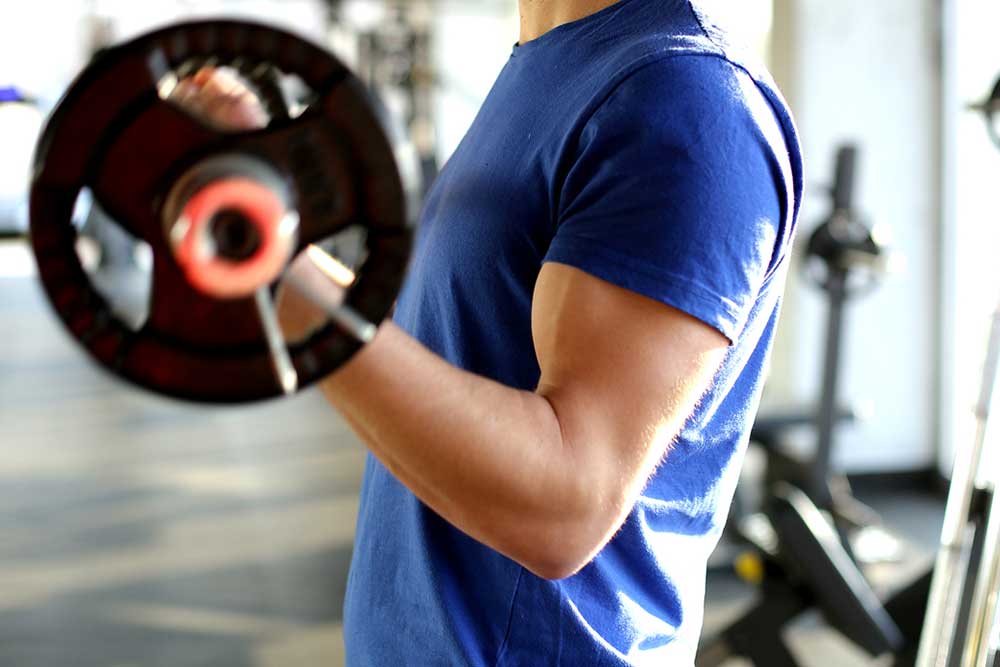
A Review by Alyssa Bialowas
Cross-education training is defined as a neurophysiological phenomenon where there is an increase in strength in an untrained limb following unilateral strength training in the opposite, contralateral limb. This can also be called cross-exercise, contralateral training or inter-limb transfer, however the most commonly used and the term most researched would be cross-education.
Previous studies have proved that strength increases in the contralateral limb after performing unilateral strength exercises with the ipsilateral limb, however the training load required to achieve the cross-training has yet to be determined (duration, frequency, intensity, rest, and type of exercise or training). Cross education can also be seen in the transfer of skills from one limb to another.
Related Article: Fascia Warm Up, Strength & Stretch Plan
The Study
Researchers conducted a meta-analysis to deduce which unilateral strength training load would enable the biggest strength increases in the contralateral limb. An electronic search was performed on five different databases, and was divided into four stages –
- Identification
- Screening
- Selection
- Inclusion
In selected studies, effect size and confidence interval limits at 95% were calculated using the standardized mean change difference between the pre- and post-intervention measurements in both experimental and control groups.
The Results
A final sample of 10 studies were included in this search, which included a total of 409 participants. The results from the study indicate an interaction between the characteristics of the training programs and the increase in recorded contralateral strength. Isometric, concentric, eccentric or mixed training proved to have an influence on contralateral effect, with increased statistical significance in eccentric protocols. The type of training (sets of repetitions) had a strong influence, and no statistically significant correlations between speed of execution were found.
The studies found with the most strenuous training (lots of muscle fatigue and failure) produced the lowest results on contralateral strength increases. Training programs with multiple sets of repetitions obtained strength improvements in the opposite limb.
Takeaway
High-speed eccentric exercises are more effective in producing inter-limb transfer of strength. The effects of cross-education may depend more on volume of training and frequency of training than on training load in individual sessions.
Related Article: High-Speed Resistance Training
You Might Like:
RFK’s Plan to Make America Healthy Again: A Vision for a Healthier Future
Robert F. Kennedy Jr. (RFK Jr.), a prominent environmental lawyer and political activist, has emerged as a voice for change in the United States. Known for his work on environmental and public health issues, particularly...The Science of Temperature Therapy
Temperature therapy (also known as “thermal therapy” or “thermotherapy”) involves the use of heat or cold to improve health and function. Interestingly, thermotherapy has been around for centuries, with ancient cultures regularly using hot springs,...The Predictors of Longevity You Need to Care About
Living a long and healthy life is a universal aspiration, and with the publication of Peter Aittia’s new book “Outlive”, it has never been a bigger focus. With this has come the realisation that, while...How Overtraining and Undertraining Impacts Hormonal Health
While maintaining a healthy hormonal balance is essential for overall health and wellbeing, it is an often-overlooked component of women’s health. Hormones play a vital role in regulating various bodily functions, including metabolism, energy, mood,...12 days of Fitness: 12 Holiday workouts to crush this Christmas
The holiday period is a time for friends, food, and family. With this in mind, it should be a time of guilt-free fun. However, that doesn’t mean you have to neglect your fitness entirely over...Upper Body Strength in Post-Menopausal Women
Menopause is a unique time in the human life, and with it comes a myriad of changes that can have wide reaching health implications. However, over the last 20 years we have seen a strong...Reference
Beltran-Garrido, J., Cirer-Sastre, R., & Corbi, F. (2017). “Contralateral Effects After
Unilateral Strength Training: A Meta-Analysis Comparing Training Loads.”
Journal of Sports Science and Medicine, 16, 180-186.











